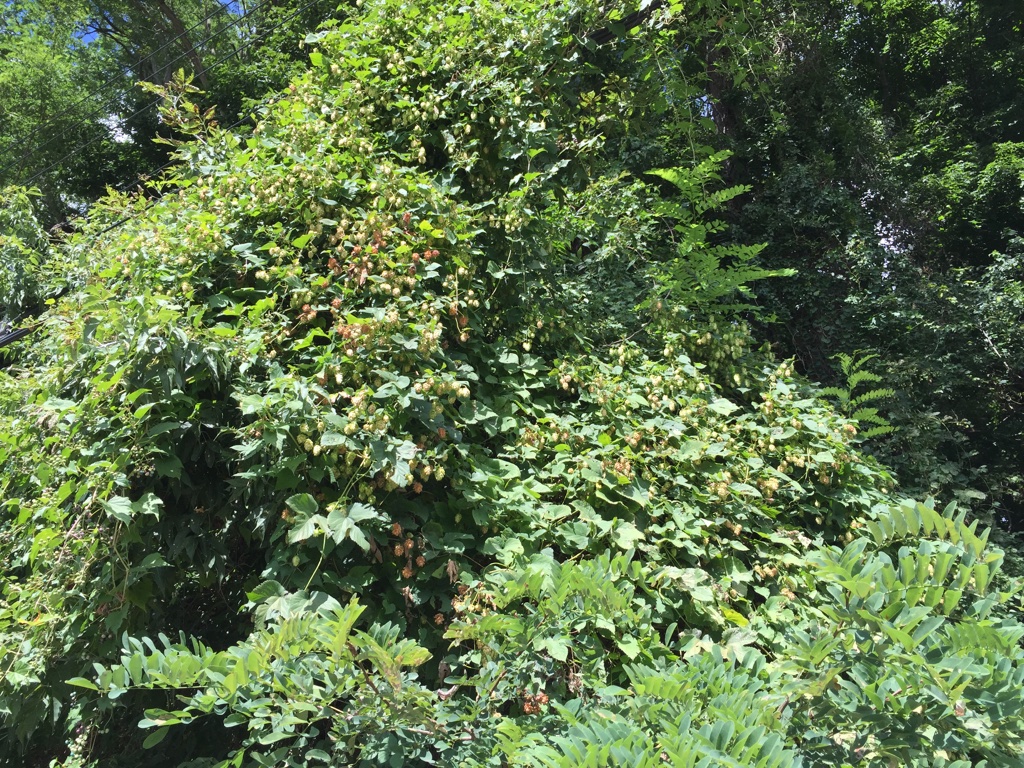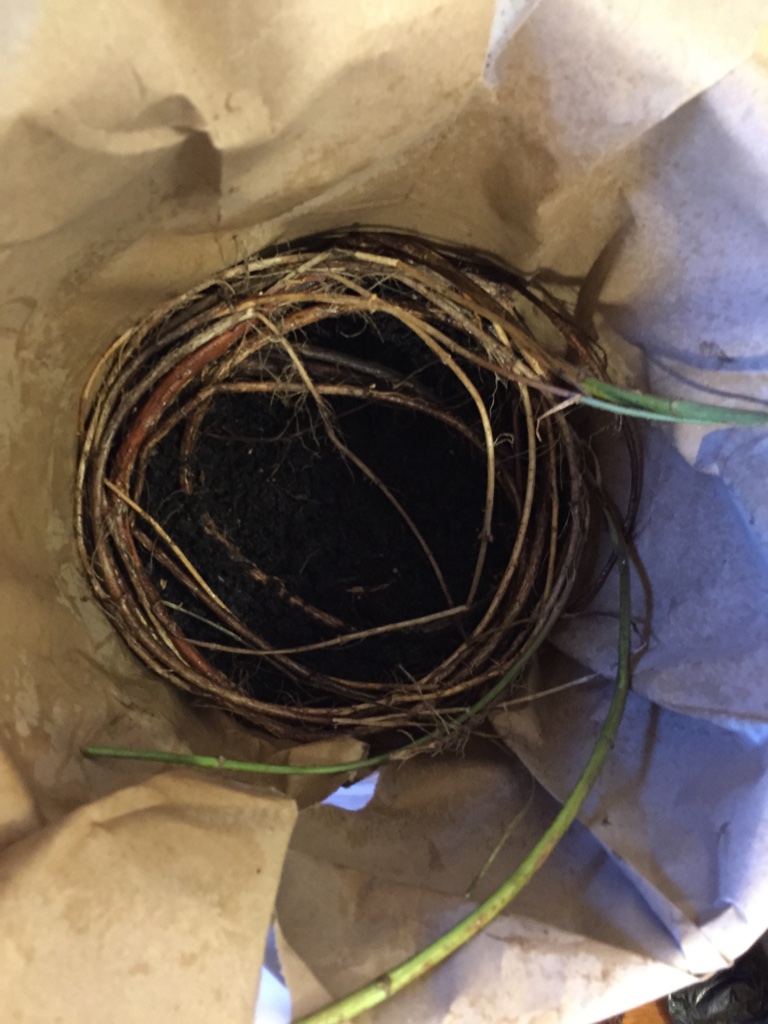HopStalker
Member
This is my first post on here. Ive been reading this forum/ site for the past year or so, and I finally decided to sign up to share the results of my tri-state area hop hunting.
cases of poison ivy: 2 (1 additional case is pending)
pricker scratches: 1,000 (to be conservative)
humulus japonicus located: 2 (I know, I know I wasnt looking for them)
locations/ hikes with no humulus lupulus: 6+
humulus lupulus located: 4
The Google Doc I created for my hop hunting research is about 45 pages, so obviously I could give more details, but TL;DR photos:
cases of poison ivy: 2 (1 additional case is pending)
pricker scratches: 1,000 (to be conservative)
humulus japonicus located: 2 (I know, I know I wasnt looking for them)
locations/ hikes with no humulus lupulus: 6+
humulus lupulus located: 4
The Google Doc I created for my hop hunting research is about 45 pages, so obviously I could give more details, but TL;DR photos:


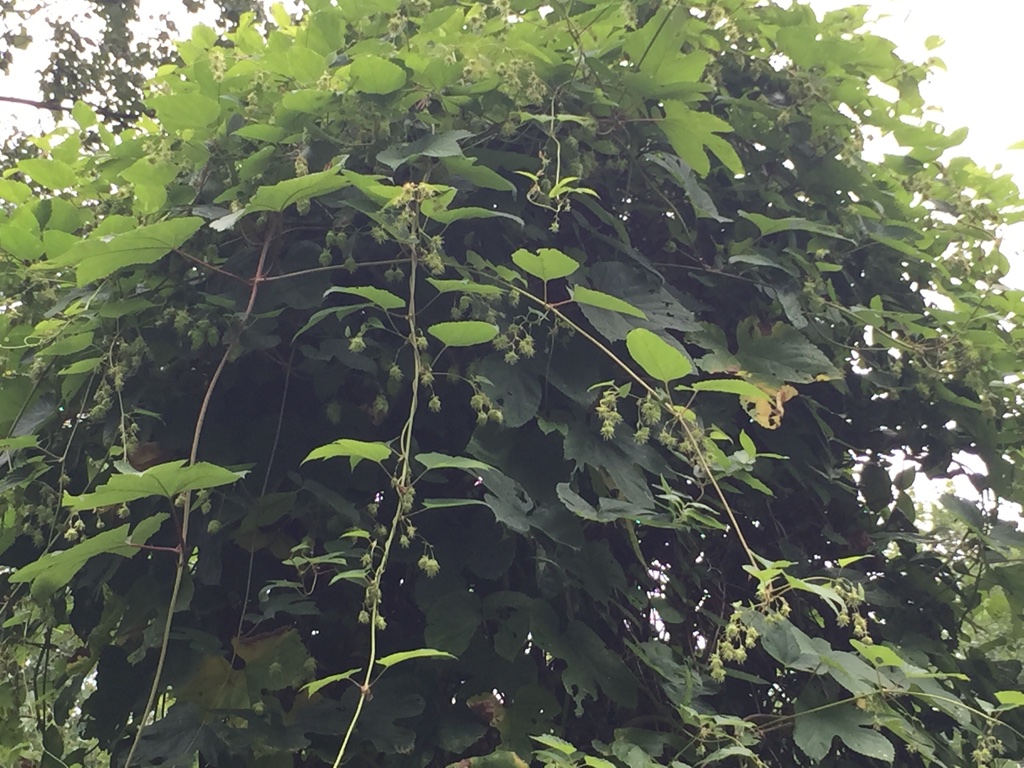
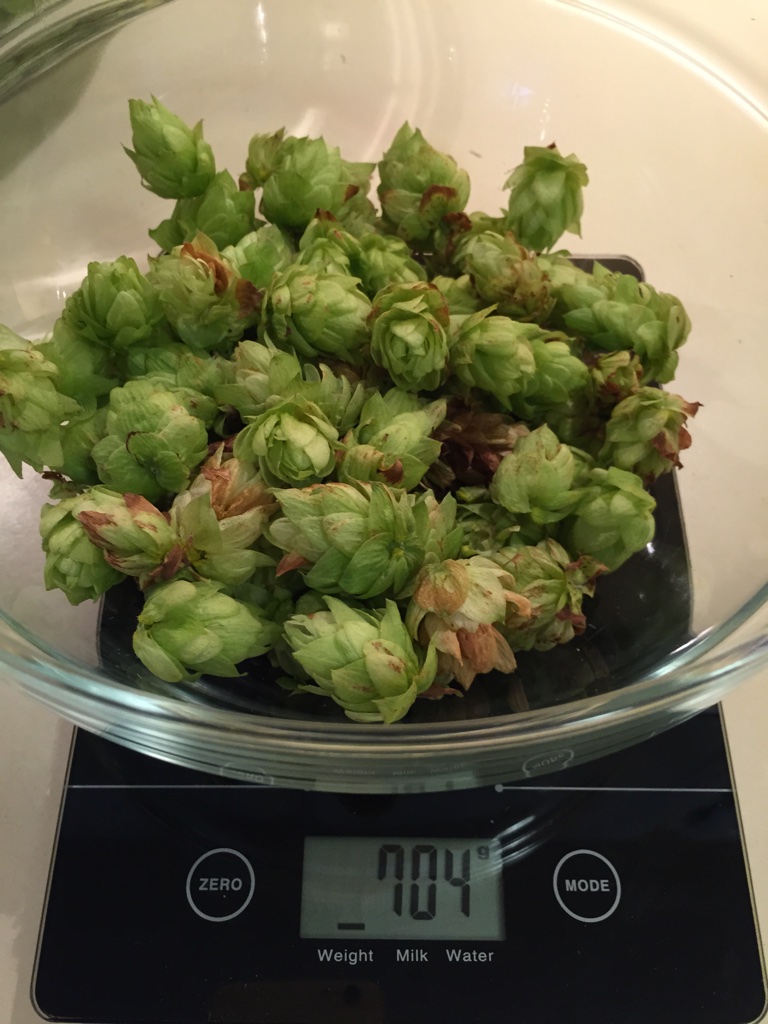
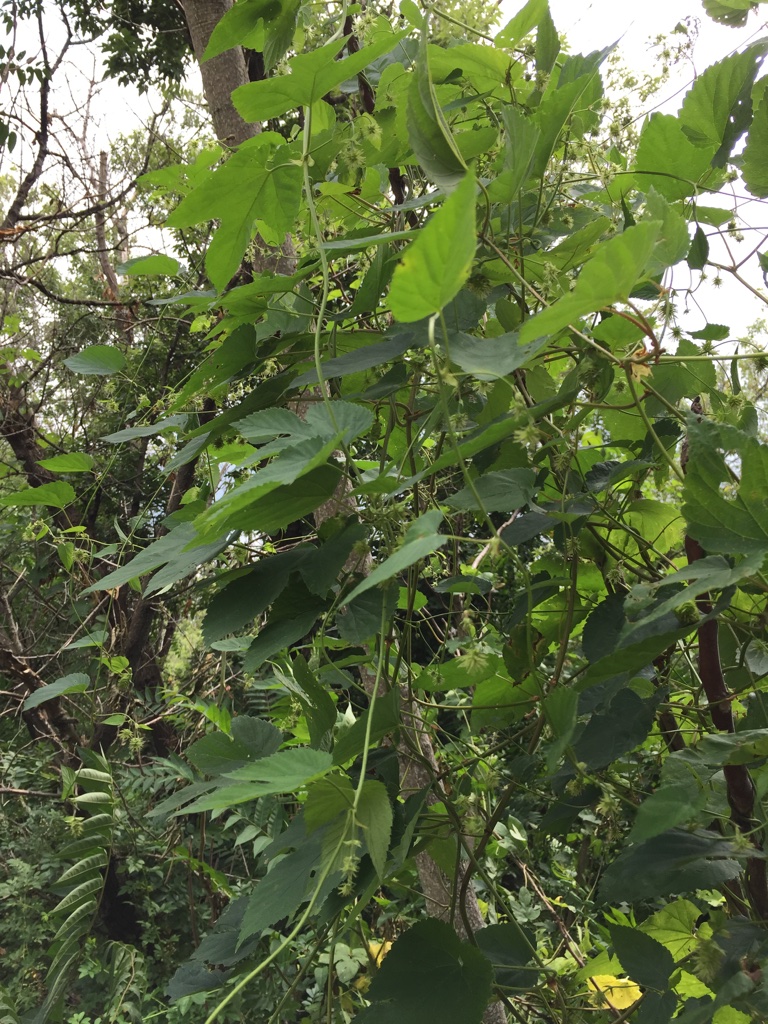
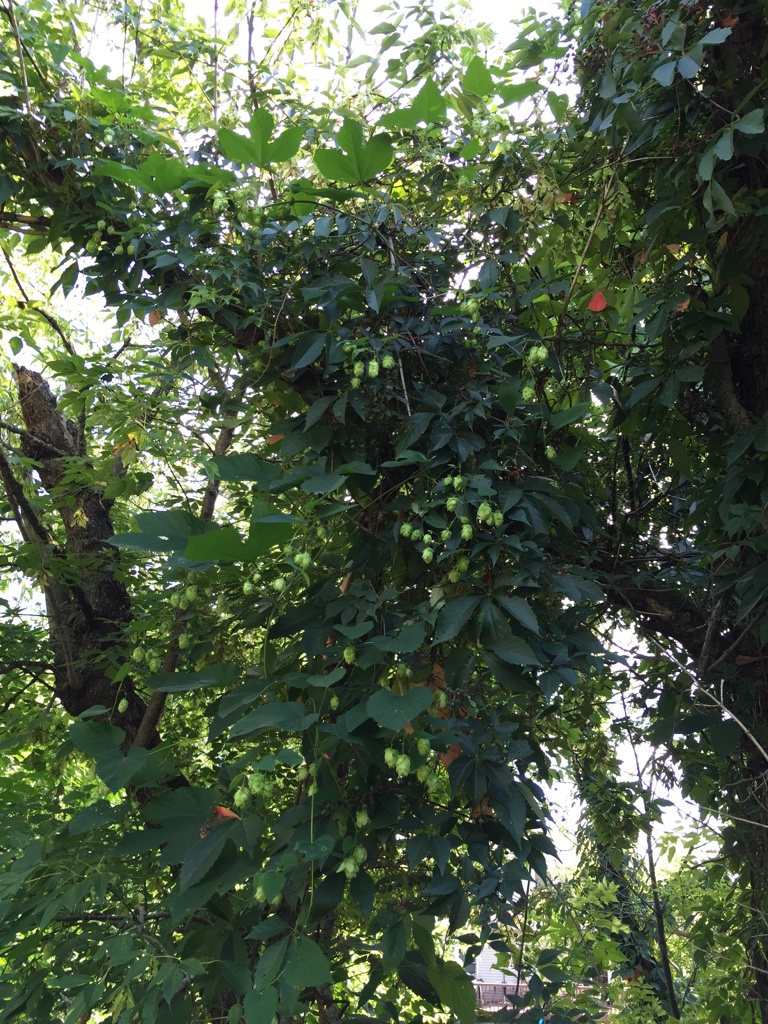









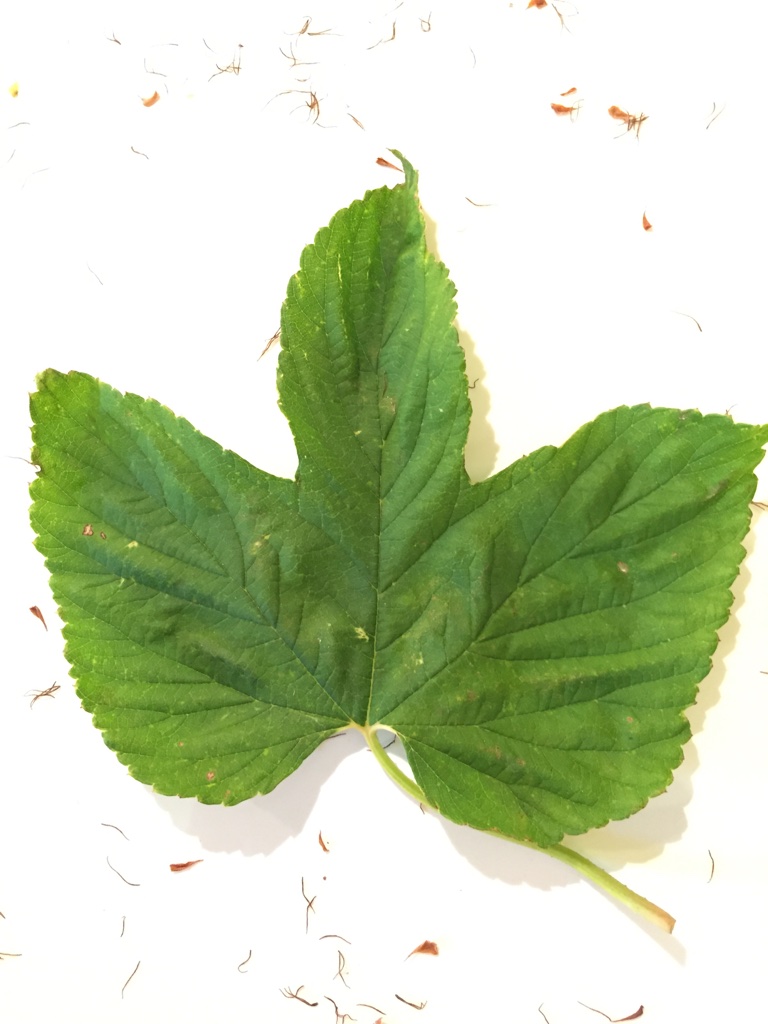
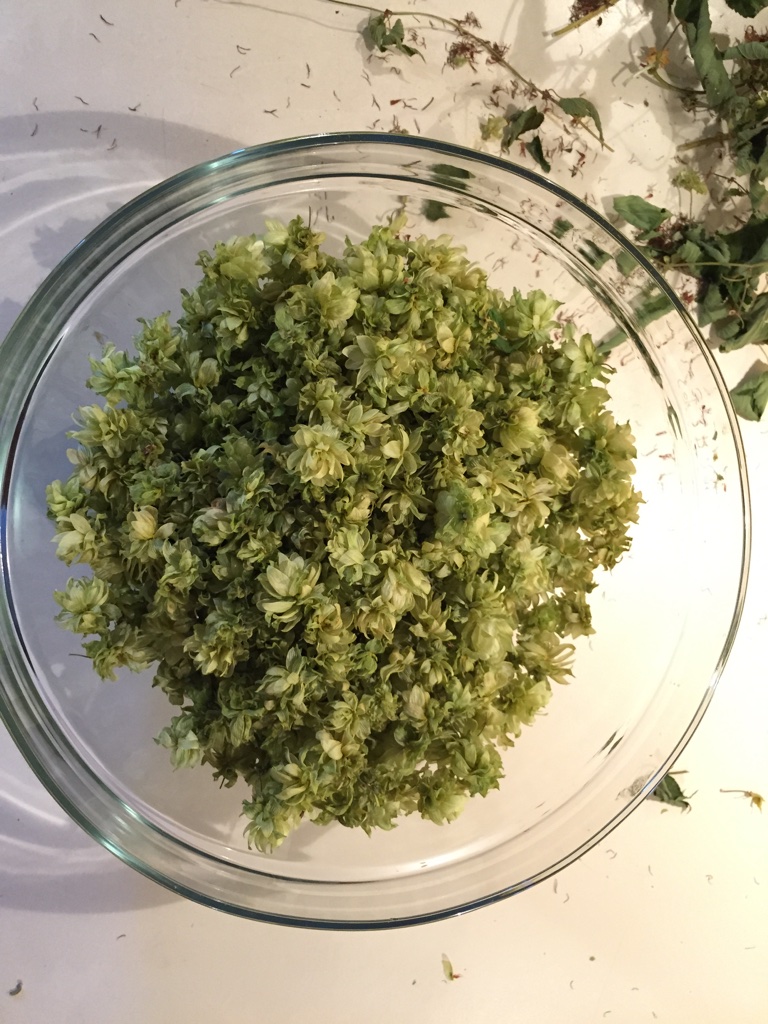
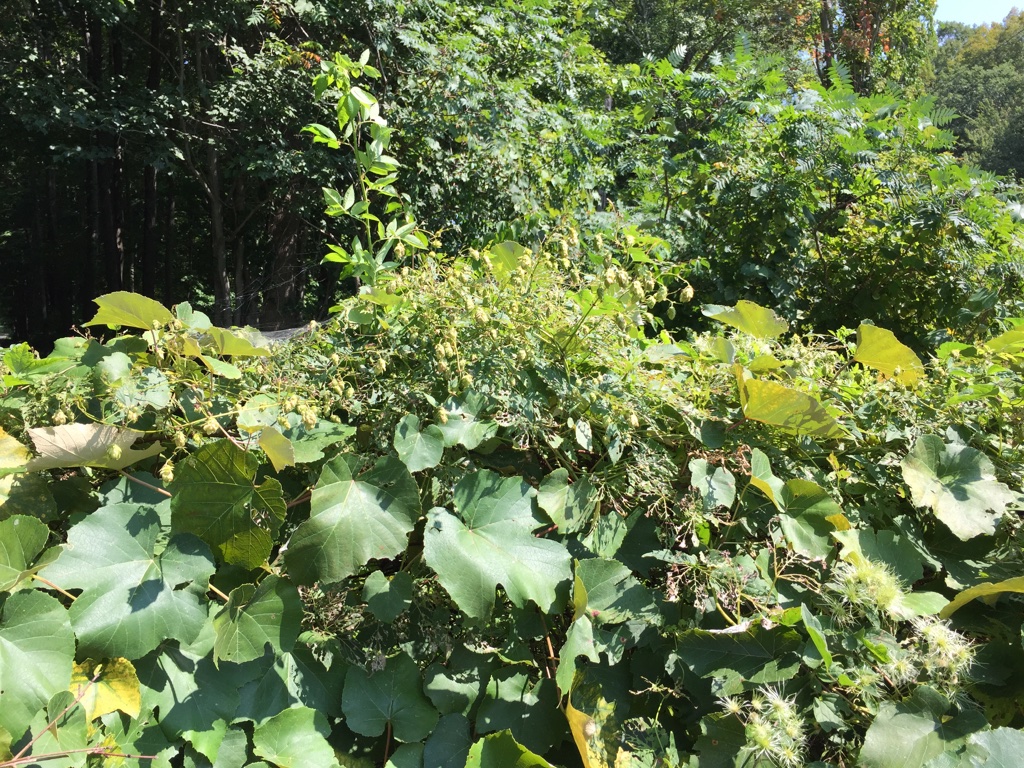




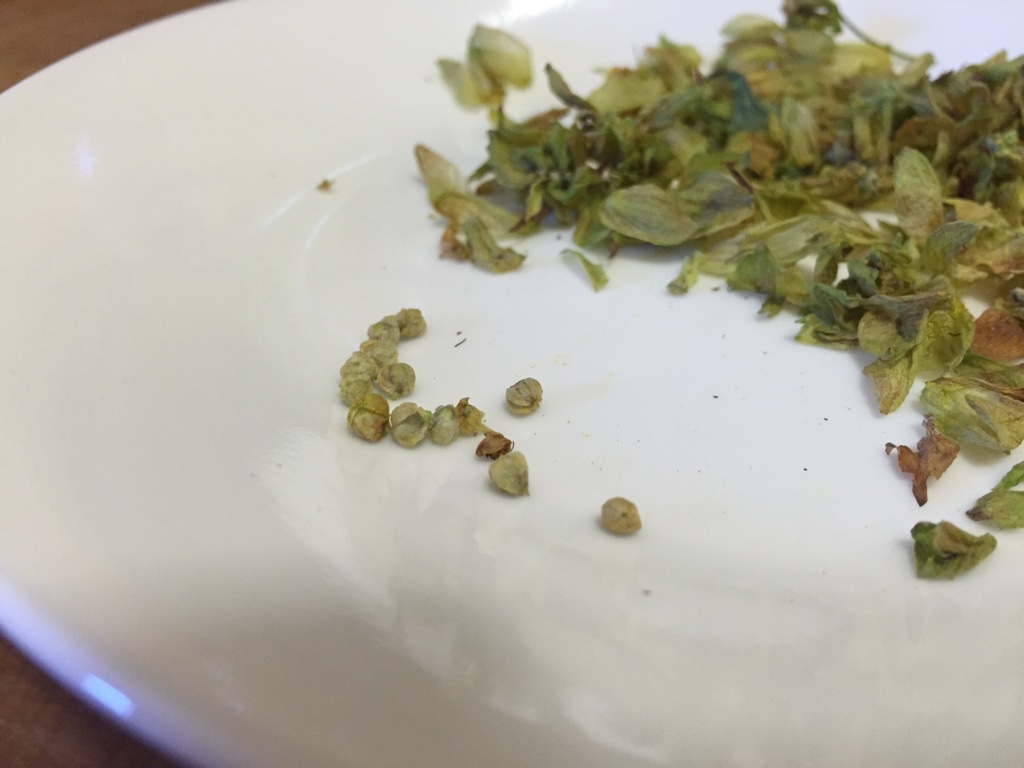
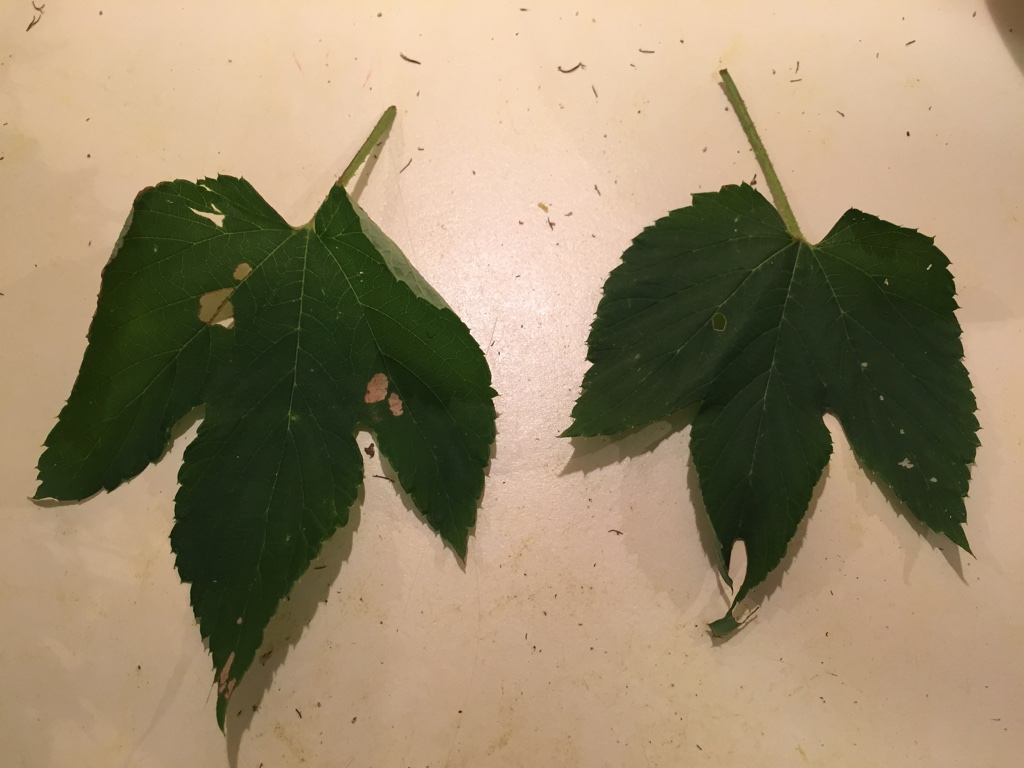

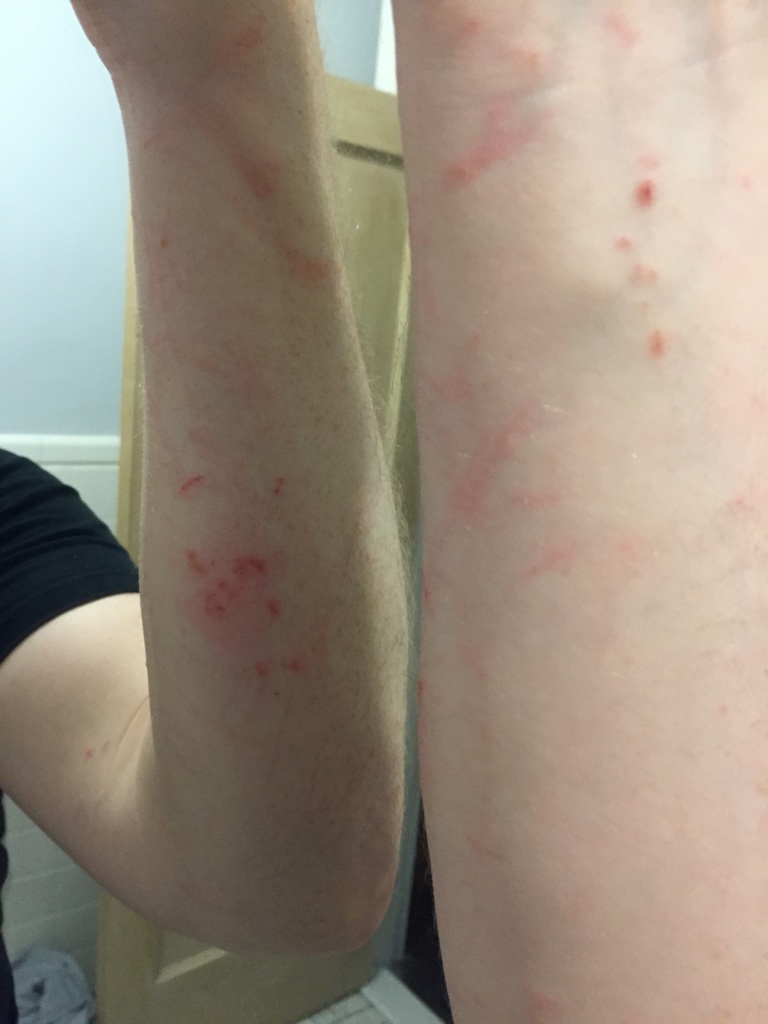



















































![Craft A Brew - Safale S-04 Dry Yeast - Fermentis - English Ale Dry Yeast - For English and American Ales and Hard Apple Ciders - Ingredients for Home Brewing - Beer Making Supplies - [1 Pack]](https://m.media-amazon.com/images/I/41fVGNh6JfL._SL500_.jpg)



